For the 2025-2026 school year, the education departments of many provinces and cities have proactively prepared appropriate materials, ensuring consistency and flexibility in the context of rapid change.
Connecting the golden forests and the silver seas.
From July 1st, Dak Lak province officially has a coastline stretching 189km. This event marks a significant geographical transformation, opening up new development opportunities and connecting the province's rich forests with its abundant seas. However, for the education sector, this also creates an urgent need to update and adjust the content of local education materials to keep pace with the changes in the province and the country.
According to Ms. Nguyen Thi Xuan Huong, Principal of Le Quy Don High School (Buon Ma Thuot, Dak Lak), the subject most significantly affected by the change in geographical boundaries is Geography. Previously, the Central Highlands provinces had no coastline, so local education focused mainly on mountainous and forested areas. Now, with the newly formed Dak Lak province having a long coastline, the curriculum needs to fully and promptly reflect this transformation.
“Geographical location, natural conditions, and population size have changed. Local education materials cannot remain unchanged. Without updating, students will lack information, and teachers will have no basis to teach according to local realities,” Ms. Huong shared, and suggested that education management agencies should urgently organize professional workshops and conduct a comprehensive assessment to revise the materials for the next school year and subsequent years.

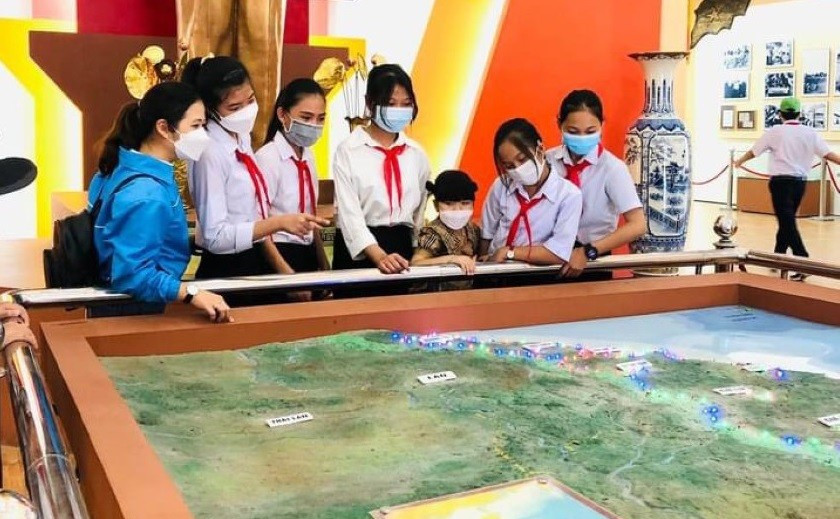
According to Ms. Huong, for the time being, teachers can flexibly combine existing local education materials from Dak Lak and Phu Yen (formerly), however, this only solves part of the problem. Ms. Huong believes that specific guidance from the Department of Education and Training is needed regarding the use and integration of content to avoid discrepancies between schools.
At No Trang Long Primary School (Krong Pac, Dak Lak), Principal Le Thi Viet stated that using two sets of local education materials simultaneously is inadequate because it only meets half of the content needs of the newly merged province. “We propose developing a comprehensive electronic set of core content materials for the entire province to use in the next school year. In the long term, we need an official, unified set of materials that clearly reflects the characteristics of Dak Lak province after the merger,” Ms. Viet said.
Having participated in the evaluation of local education materials, Ms. Nguyen Ngoc Thuy - a Literature teacher at Phan Chu Trinh Secondary School (Buon Ma Thuot, Dak Lak) - realized that compiling new materials is a necessary task but cannot be completed overnight.
“The Department of Education and Training needs to issue directives early, then invite authors and teachers representing different regions in the province to sit down together and write a document that is both unified and reflects the cultural, historical, and geographical identity of the new province. The document should not only be academic but also relatable and evoke love for the homeland in students,” Ms. Thuy expressed.
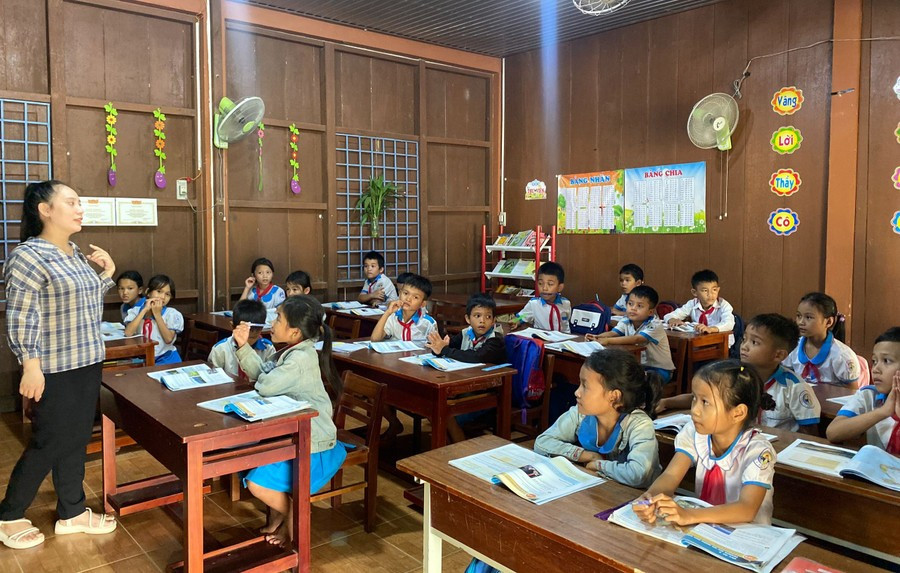
Unity and flexibility
According to Dr. Do Tuong Hiep - Deputy Director of Dak Lak Department of Education and Training, the unit is currently unable to deploy a completely new set of GDDP documents due to the urgent time. However, schools can flexibly update new information based on the two old sets of documents that have been assessed.
“Both provinces have effectively implemented teaching materials. We encourage teachers to proactively update themselves with the latest local information to ensure that the teaching content is both sufficient and relevant,” Dr. Hiep shared.
In the coming period, the Dak Lak Department of Education and Training will organize training sessions to guide teachers on how to combine existing materials, and at the same time receive feedback from schools to serve the compilation of official materials for the next school year.
Not only Dak Lak, but many other localities such as Quang Ngai and Da Nang City are preparing the conditions to enter the 2025-2026 school year, the first school year implementing the two-tiered local government model.
After the merger, Quang Ngai province has 925 educational units and facilities. These include 339 kindergartens; 226 primary schools; 118 primary and lower secondary schools; 171 lower secondary schools; 63 upper secondary schools; 2 provincial continuing education centers; 12 vocational education and continuing education centers; and 1 provincial center for supporting inclusive education development. The number of staff, teachers, and employees is nearly 31,500, and there are nearly 456,000 students and trainees…
The Quang Ngai Education Department is implementing various solutions to stabilize the organization and maintain the quality of teaching and learning in the new school year. Among these, developing local education materials is considered one of the strategic steps.
According to Mr. Tran Sy, Deputy Director of the Department of Education and Training of Quang Ngai province, this is new content, so the Department of Education and Training of Quang Ngai province is awaiting specific guidance from the Ministry of Education and Training as well as the Provincial People's Committee regarding the adjustment and development of local education materials.
"Although it's a new issue, the guidelines and instructions will be consistent and flexible so that all content stays within the overall direction, avoiding localized or deviant approaches, in order to protect students' rights and improve the quality of education," Mr. Sy added.
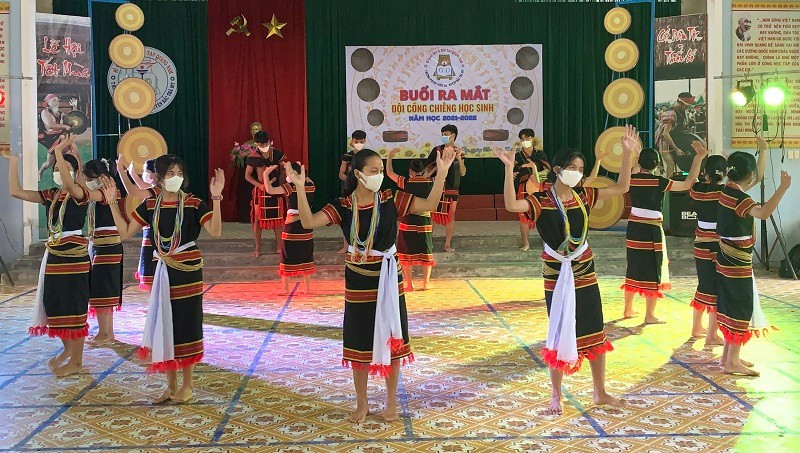
Helping students connect with the community.
Implementing a two-tiered government model provides an opportunity for local education departments to be more proactive in developing local education programs that are appropriate to regional characteristics and student conditions.
Expressing his opinion, Mr. Tran Bao Tu - Principal of Nguyen Ba Ngoc Primary School (Bac Tra My, Da Nang) also suggested that when merging, some locations in the old GDDP documents must be adjusted to suit the local reality, so it is necessary to unify from the beginning to avoid wasting resources.
For example, in some locations, the former historical sites of Bac Tra My now have to have their names adjusted to new geographical boundaries due to the merger. We should include notes in the old local education materials so that the students will understand clearly.
“In the first school year under the two-tiered government model, the old local education materials also served as a bridge for students to understand their homeland, connect with the community, be proud of where they live, and contribute to the future development of the locality. Therefore, reasonable, harmonious, and unified adjustments will avoid waste while still ensuring good quality education for students, especially in mountainous areas,” Mr. Tú shared.
Sharing the same view, Mr. Vu Hoang Tam - Principal of Nguyen Binh Khiem Ethnic Boarding Junior High School (Tra Doc, Da Nang) - believes that Da Nang City and the former Quang Nam province were once a unified locality, therefore the local education materials of the two places have many similarities in content, culture, and history. Therefore, reviewing and unifying the content of the materials is necessary to ensure that the teaching program is relevant to reality, while avoiding overlap and duplication.
"The local education materials of Da Nang and Quang Nam should be developed with a unified core content, for common use throughout the province, fully reflecting the socio-cultural characteristics of the merged city, and ensuring quality and effectiveness," Mr. Tam suggested.
Dak Lak province is a combination of both highland and coastal areas. This is an ideal condition for local education materials to highlight more about the culture of ethnic minorities such as the Ede and M'Nong, while also updating new strengths in the marine and island areas and the marine economy. However, for the materials to truly reach teachers and students in time for the new school year, close coordination between the Education sector and relevant departments and agencies is needed.
"Having participated in the evaluation of local education materials for the former Dak Lak province, I understand that the value of these materials lies not only in knowledge but also in the connection between students and their homeland."
After the merger, Dak Lak boasts remarkable diversity, encompassing everything from mountains and forests to the sea, from the Ede and M'Nong ethnic groups to the Kinh and Cham people... New local education materials need to reflect this blend, helping students gain a comprehensive understanding of the land where they live, study, and grow up...
Therefore, mechanically copying and pasting two old sets of documents is unacceptable. It requires thorough research, scientific critique, and rewriting that is accurate, from language to content structure,” emphasized Ms. Nguyen Ngoc Thuy from Phan Chu Trinh Secondary School (Dak Lak).
Rebuilding the local education curriculum requires time and a roadmap. Initially, the Department of Education and Training needs to leverage the responsibility of the team that previously participated in compiling the provincial curriculum. Teachers are tasked with exchanging ideas, reviewing, and helping the Department agree on key content for teaching and learning. In addition, scientific evaluation is necessary to ensure the content is relevant to reality and contributes to building a new image of the locality that is full of potential and rich in cultural identity.
Source: https://giaoducthoidai.vn/tai-lieu-giao-duc-dia-phuong-thay-doi-de-bat-kip-vi-the-dat-nuoc-post740525.html



![[Photo] Closing Ceremony of the 10th Session of the 15th National Assembly](/_next/image?url=https%3A%2F%2Fvphoto.vietnam.vn%2Fthumb%2F1200x675%2Fvietnam%2Fresource%2FIMAGE%2F2025%2F12%2F11%2F1765448959967_image-1437-jpg.webp&w=3840&q=75)
![[Photo] Prime Minister Pham Minh Chinh holds a phone call with the CEO of Russia's Rosatom Corporation.](/_next/image?url=https%3A%2F%2Fvphoto.vietnam.vn%2Fthumb%2F1200x675%2Fvietnam%2Fresource%2FIMAGE%2F2025%2F12%2F11%2F1765464552365_dsc-5295-jpg.webp&w=3840&q=75)



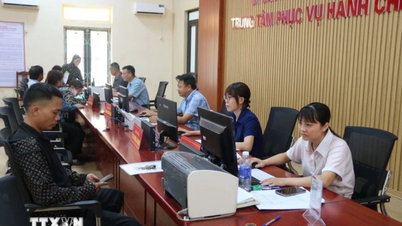

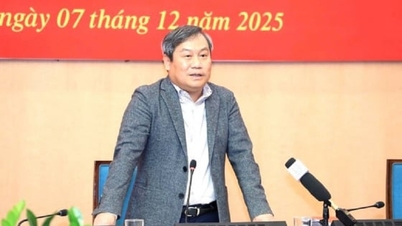




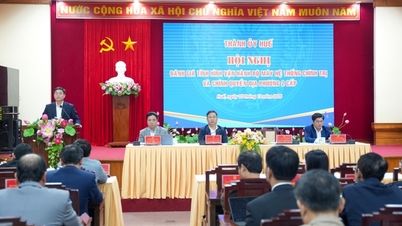











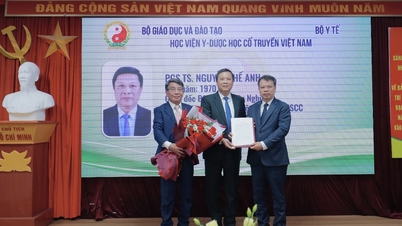





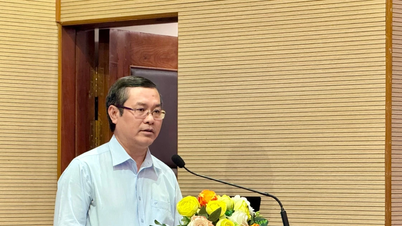
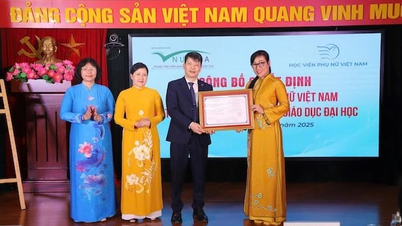


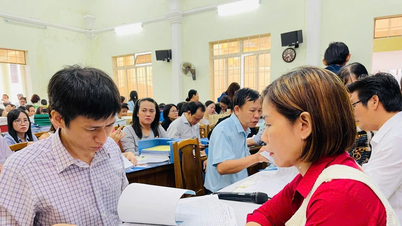
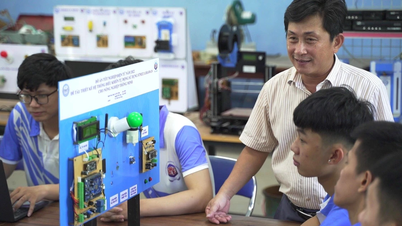
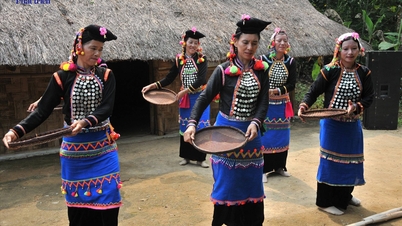

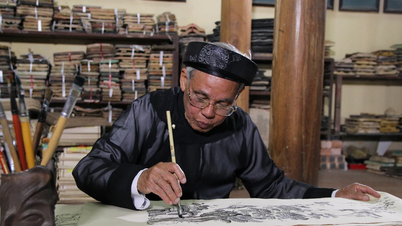



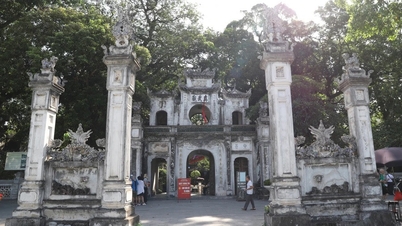

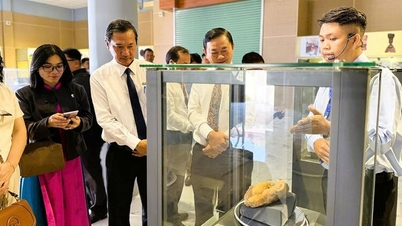

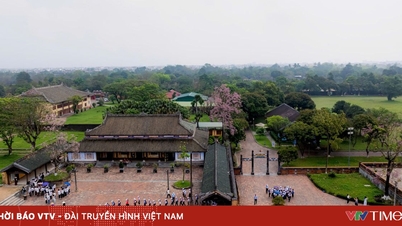

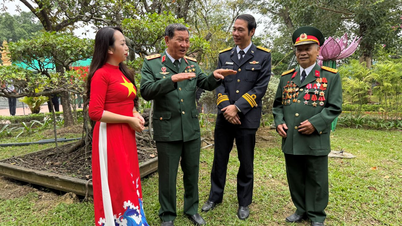



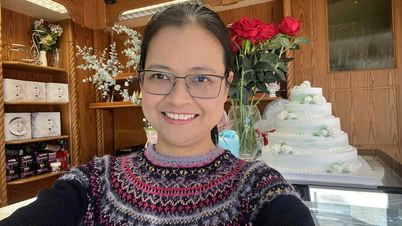


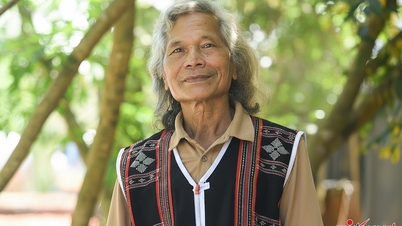



![[OFFICIAL] MISA GROUP ANNOUNCES ITS PIONEERING BRAND POSITIONING IN BUILDING AGENTIC AI FOR BUSINESSES, HOUSEHOLDS, AND THE GOVERNMENT](https://vphoto.vietnam.vn/thumb/402x226/vietnam/resource/IMAGE/2025/12/11/1765444754256_agentic-ai_postfb-scaled.png)



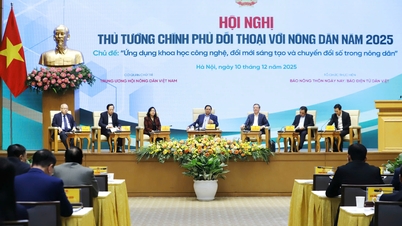












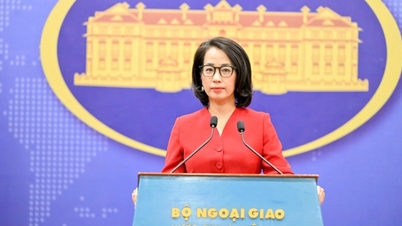




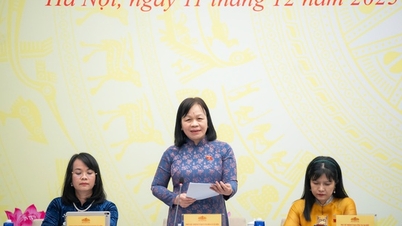

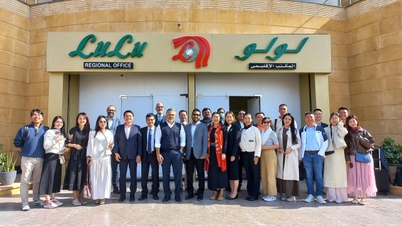










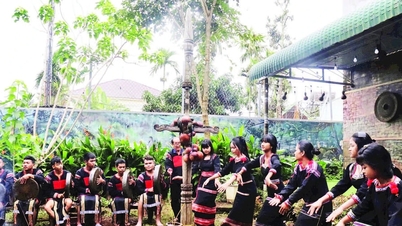

















Comment (0)